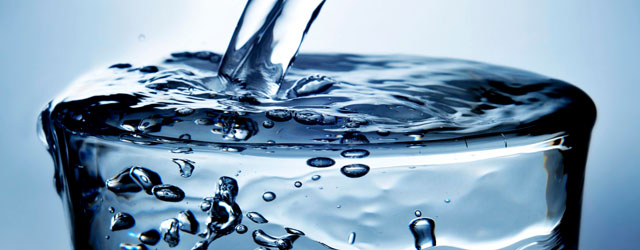Water softeners all work the same way for the most part (except for magnets, alloys and other gimmicks). They have an IN line, an OUT line, and a DRAIN line. They usually have a plug that goes to a 110v outlet. The two most common entry level softener control valves (the most important and expensive part of a softening system) are Autotrol and Fleck brands. But the inlets and outlets are opposite of each other. So be careful when replacing one brand for the other.
For example, if you are standing in the back of the water softener unit. And you are looking at the pipes going into the back. The Autotrol will have the IN line on the right and the OUT line on the left. The Fleck has the IN line on the left and the OUT on the right. Keep this in mind if you are exchanging one type control valve with the other. If you want to buy a water softener system with Fleck or Autotrol controls. You can find them at very reasonable prices at ABC Water Softeners™. ABC is a reputable company.
Premium Water Softener and Filter Control Valves
If you want a premium level water softener valve. You can get those from Water Filters of America™. They cost the same as the entry level control valves. But they are far superior. They require no finicky backup batteries and stay programmed during power outages. And they are far more dependable. And they require no ongoing maintenance. WFOA™ is a very reputable company.
DRAINAGE
The DRAIN line is usually located between the inlet line and the outlet line. The best drain line to use is a clear plastic flexible 1/2″ tubing (unless you are installing a commercial sized unit, then you would want a larger diameter line). You normally can run the drain line to a floor drain or just about any other drain. If you go to a septic or waste water drain you want to be sure to put an inexpensive “back flow prevented” to keep the water from reverse flowing into the unit in the event you have a plumbing issue. You can also “air gap” the drain line.
In other words you plumb in the drain line so that the water falls through open air to the drain so it can’t siphon backwards. For example you could place the end of the drain hose above a utility sink so there is air space that the drain water falls through before hitting the sink. There is no way anything could siphon back up the drain line in that situation.
HOW DOES A WATER SOFTENER WORK?
The idea behind a water softener is simple. The calcium and magnesium ions in the water are replaced with sodium ions. Since sodium does not precipitate out in pipes or react badly with soap, both of the problems of hard water are eliminated. To do the ion replacement, the water in the house runs through a bed of small plastic beads or through a chemical matrix called zeolite. The beads or zeolite are covered with sodium ions. As the water flows past the sodium ions, they swap places with the calcium and magnesium ions. Eventually, the beads or zeolite contain nothing but calcium and magnesium and no sodium, and at this point they stop softening the water. It is then time to regenerate the beads or zeolite.
REGENERATION
Regeneration involves soaking the beads or zeolite in a stream of sodium ions. Salt is sodium chloride, so the water softener mixes up a very strong brine solution and flushes it through the zeolite or beads. The strong brine displaces all of the calcium and magnesium that has built up in the zeolite or beads and replaces it again with sodium. The remaining brine plus all of the calcium and magnesium is flushed out through a drain pipe. Click here to see diagram.

QUESTIONS? Email Us
We have answers to any question about water softening, water filtering or drinking water safety. It is advice that is honest and ethical.
